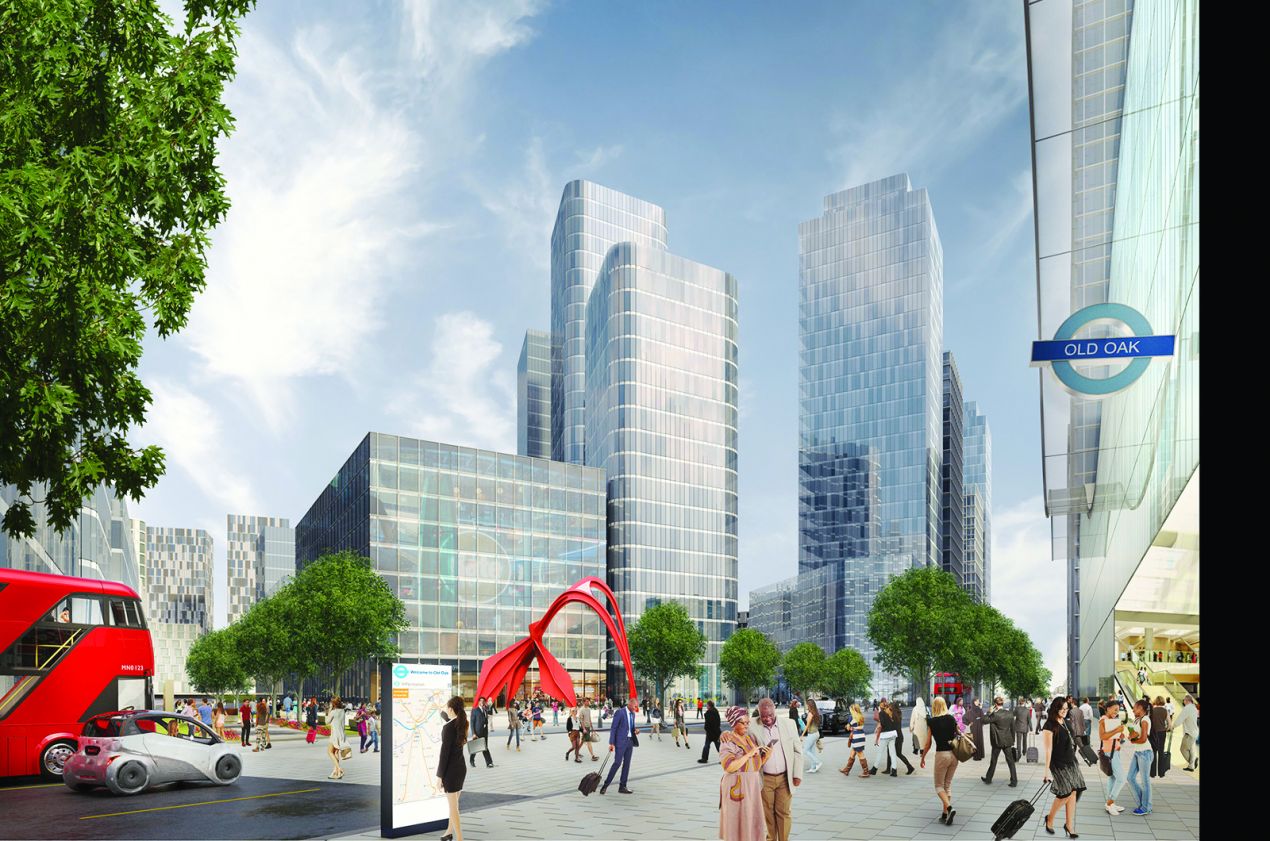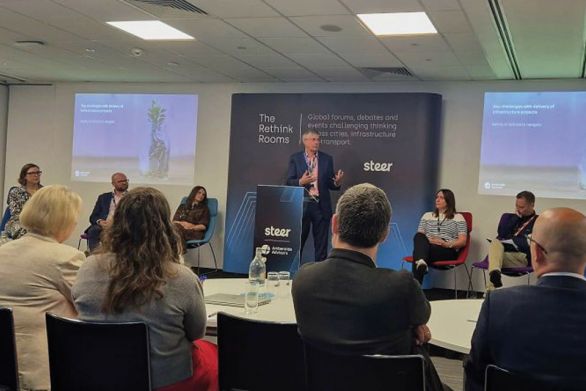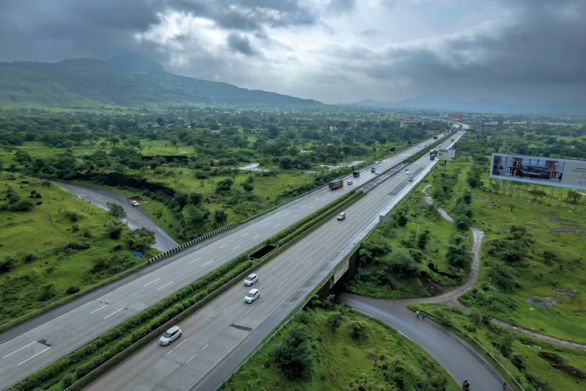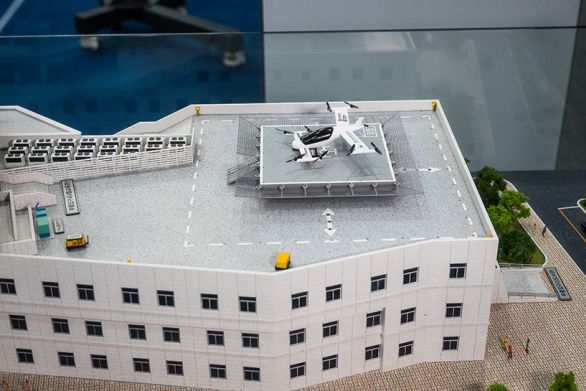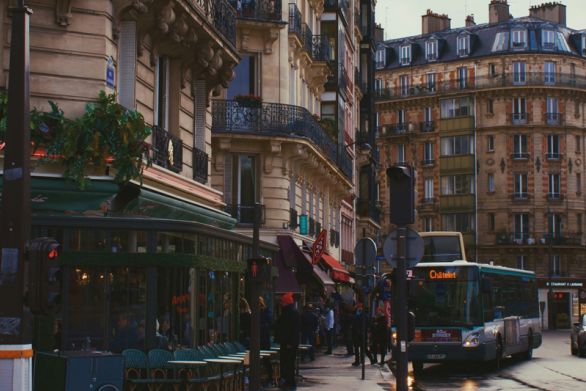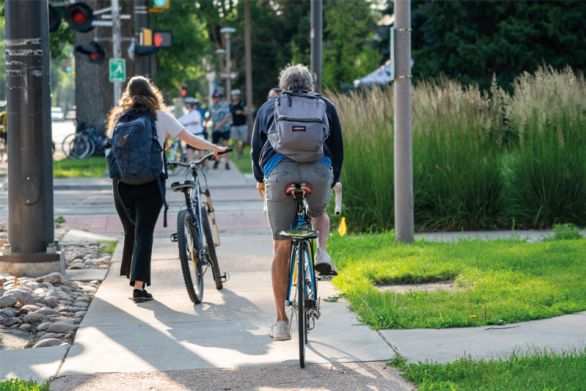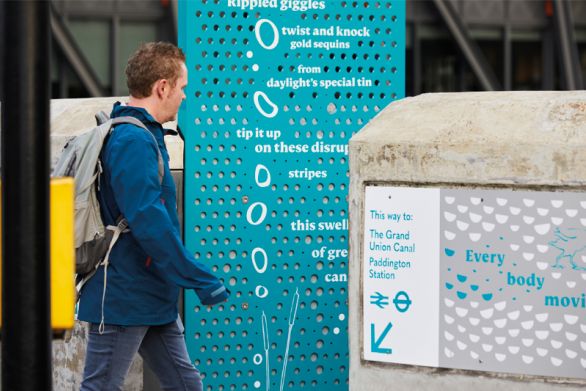The wonders of Crossrail have been heralded for years, and not without reason. The mammoth scale of the engineering endeavour and the technical achievements are admirable. However, from an urban design perspective, it is much more exciting to study what Crossrail will do for London.
This new public transport artery is going to warp the space-time continuum of the capital, making it an even more connected city and effectively parachuting suburban London into Zone 2. Studies on housing price performance around Crossrail stations all agree that the closer to the centre of London, the more attractive investment is.
This “Elizabeth line house property price energising effect” can be felt within a mile radius of each station, adding up to a substantial quantum of land and housing to be developed [1]. In fact, according to recent research, by the time Crossrail is operational, it will have added up to £35bn to residential property values around the 37 stations [2]. Do we have the right planning and design tools to take advantage of this scale and pace of change and deliver great places?
If we observe the way the Crossrail project has been delivered and marketed to the public, it is undeniable that there has been a genuine effort to promote design, especially in relation to the stations and the surrounding public realm. However, Crossrail’s remit is limited to the stations and its attention to design stops 50 metres outside the station entrances. This is possibly inevitable, as Crossrail’s corporate mission is to deliver an engineering project on time and budget. However, the effects of Crossrail on surrounding built fabric and the communities living around the stations extends well beyond TfL’s remit and will last for many decades after 2018 when the line opens.
It will be up to Local Authorities to tackle the challenge to transform development pressure into an opportunity for placemaking. Ideally, this will include capturing some of the wealth generated by increased property values to improve social and cultural infrastructure, but the number of stations areas (especially outside central London) currently relying on updated urban design tools is still limited. There is no need to reinvent wheels here, but instead to better use the planning tools that local authorities already have and to ensure that Supplementary Planning Guidance documents provide a vision and a clear process.
Crossrail at Old Oak Park © OPDC
As highlighted in SDG’s study on the value of station investment and its regenerative impact [3], setting the structure for development gives confidence to potential developers. The role of masterplans is also to ensure that any development delivers a quality built environment and provides the right mix of land uses and types of housing. In this context, masterplans need to be flexible enough to adapt and respond to the needs of politics and the market. They should carefully examine capacity and test the scale of proposed development against environmental quality as well as local character and identity.
Well-conceived masterplans express a shared vision of a place and help achieve it. They should not attempt to crystallise the detailed appearance of an area (unpredictability is a quintessential urban quality!) but to coordinate interventions and bring the attention to local character.
Some local authorities have already realised that it is the right time to make use of urban guidance, but very often this is limited to public realm guidance, lacks a more holistic approach and concentrate on the opportunity areas identified by the previous administration.
We also seem to be at the beginning of a new phase where Councils will take a more proactive approach in the light of Mayor Khan’s recent document “A City for all Londoners” [4]. The Mayor intends to accommodate growth within London by intensifying development around stations and well-connected town centres while retaining and improving placemaking, because in his own words “as London develops, it is vital it remains a great place to live and work”. He also talks about “good growth” and the need to respect the distinct characters of different parts of the city or “London’s various villages”.
It all resonates with good urbanism, but the next step will be to articulate these aspirations into practical tools such as attractive, effective and growth-oriented transport hub masterplans.
-
-
-
-
